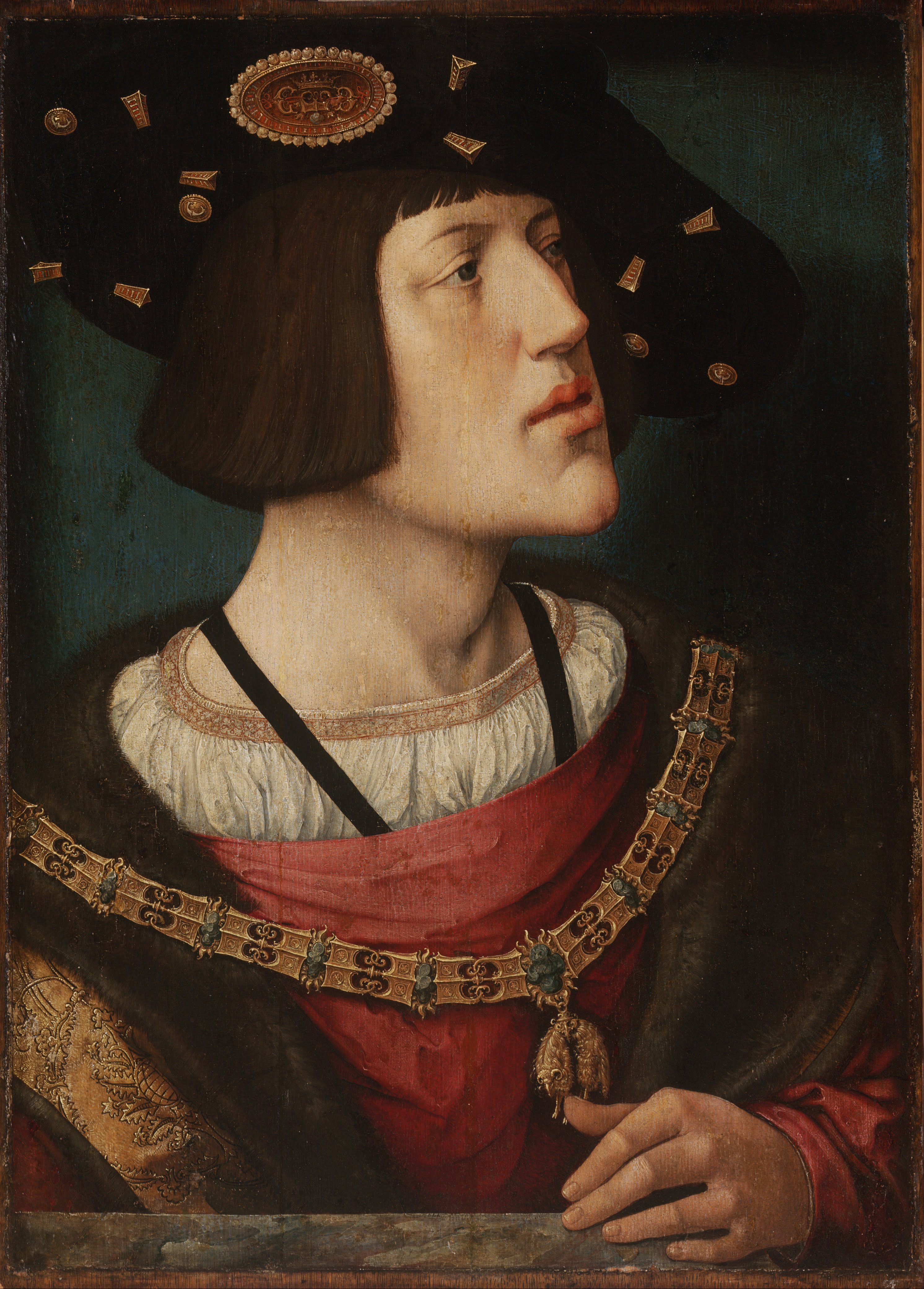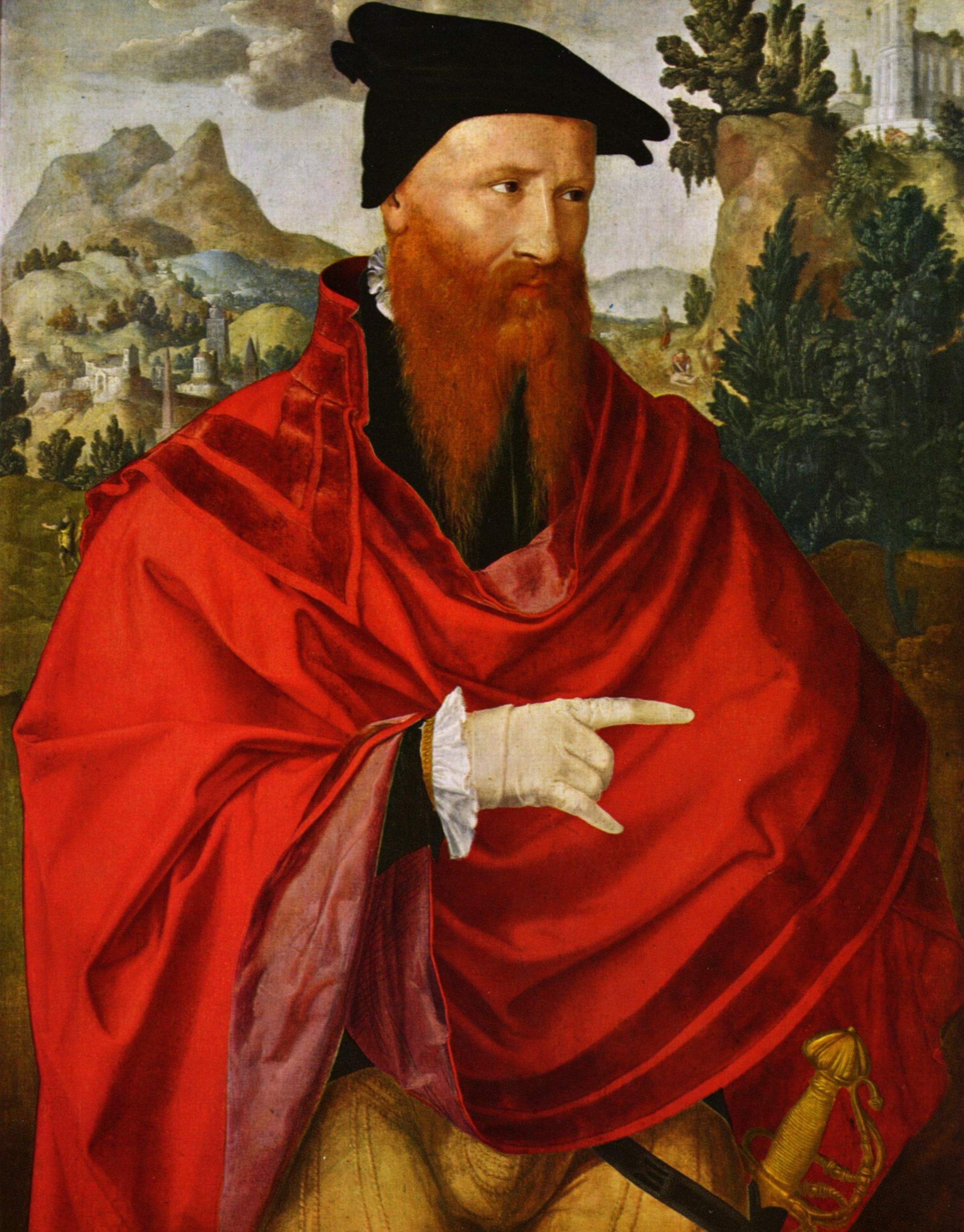|
The Great Theatre Of Dutch Painters
''The Great Theatre of Dutch Painters and Paintresses'', or ''De groote schouburgh der Nederlantsche konstschilders en schilderessen'', as it was originally known in Dutch, is a series of artist biographies with engraved portraits written by the 18th-century painter Arnold Houbraken. It was published in three volumes as a sequel to Karel van Mander's own list of biographies known as the ''Schilder-boeck''. The first volume appeared in 1718, and was followed by the second volume in 1719, the year Houbraken died. The third and last volume was published posthumously by Houbraken's wife and children in 1721. This work is considered to be a very important source of information on 17th-century artists of the Netherlands. The ''Schouburg'' is listed as one of the 1000 most important works in the Canon of Dutch Literature from the Middle Ages to today. Background and influence The ''Schouburg'' was not the first sequel to Karel van Mander's work. Various authors had attempted to illustrate ... [...More Info...] [...Related Items...] OR: [Wikipedia] [Google] [Baidu] |
Otto Van Veen
Otto van Veen, also known by his Latinized name Otto Venius or Octavius Vaenius (1556 – 6 May 1629), was a painter, draughtsman, and humanist active primarily in Antwerp and Brussels in the late 16th and early 17th centuries. He is known for running a large studio in Antwerp, producing several emblem books, and for being, from 1594 or 1595 until 1598, Peter Paul Rubens' teacher. His role as a classically educated humanist artist (a ''pictor doctus''), reflected in the Latin name by which he is often known, Octavius Vaenius, was influential on the young Rubens, who would take on that role himself. Life Van Veen was born around 1556 in Leiden, where his father, Cornelis Jansz. van Veen (1519–1591), had been Burgomaster.Van de Velde. He probably was a pupil of Isaac Claesz van Swanenburg until October 1572, when the Catholic family moved to Antwerp, and then to Liège. He studied for a time under Dominicus Lampsonius and Jean Ramey, before traveling to Rome around 1574 or 1575 ... [...More Info...] [...Related Items...] OR: [Wikipedia] [Google] [Baidu] |
Guild Of St
A guild ( ) is an association of artisans and merchants who oversee the practice of their craft/trade in a particular area. The earliest types of guild formed as organizations of tradesmen belonging to a professional association. They sometimes depended on grants of letters patent from a monarch or other ruler to enforce the flow of trade to their self-employed members, and to retain ownership of tools and the supply of materials, but were mostly regulated by the city government. A lasting legacy of traditional guilds are the guildhalls constructed and used as guild meeting-places. Guild members found guilty of cheating the public would be fined or banned from the guild. Typically the key "privilege" was that only guild members were allowed to sell their goods or practice their skill within the city. There might be controls on minimum or maximum prices, hours of trading, numbers of apprentices, and many other things. These rules reduced free competition, but sometimes maintained ... [...More Info...] [...Related Items...] OR: [Wikipedia] [Google] [Baidu] |
Wouter Crabeth I
Wouter Pietersz Crabeth (1510–1590) was a Dutch Renaissance glass painter. He was employed by the Sint Janskerk (Gouda) during the Protestant Reformation, where he created six of the stained glass windows during the years 1555 to 1571. His windows, that he created in close collaboration with his brother Dirk Crabeth, are one of the reasons that the church was placed on the UNESCO list of monuments. Biography He and his brother Dirk were the sons of Pieter Dirckz of Gouda.Bio sketch on Wouter in the Rijksmuseum of Amsterdam They came from a painting family that was employed in the stained glass industry of Gouda. Archival evidence survives t ... [...More Info...] [...Related Items...] OR: [Wikipedia] [Google] [Baidu] |
Dirk Crabeth
Dirk (or Dirck) Pietersz Crabeth (1501–1574) was a Dutch Renaissance glass painter, tapestry designer, and mapmaker. He was employed by the Janskerk (Gouda) during the 16th century, where he created eight of the stained glass windows during the years 1555–1571. His windows are one of the reasons that the church was placed on the UNESCO list of monuments. Biography He and his talented brother Wouter Crabeth I were the sons of Pieter Dirckz of Gouda.Bio sketch on Dirk in Amsterdam They came from a painting family that was employed in the glass industry of Gouda. Archival evidence survives today showing orders of glass panes from various Netherlands towns. Dirk's fame began when he won a ... [...More Info...] [...Related Items...] OR: [Wikipedia] [Google] [Baidu] |
Michael Coxcie
Michiel Coxie the Elder, Michiel Coxcie the Elder or Michiel van Coxcie, Latinised name ''Coxius''Michiel Coxie (I) at the (1499 – 3 March 1592), was a of altarpieces and portraits, a draughtsman and a designer of stained-glass windows, tapestries and prints. He worked for patrons in the principal cities of Flanders. He became the court painter to successively Emperor |
Bernard Van Orley
Bernard van Orley (between 1487 and 1491 – 6 January 1541), also called Barend or Barent van Orley, Bernaert van Orley or Barend van Brussel, was a versatile Flemish artist and representative of Dutch and Flemish Renaissance painting, who was equally active as a designer of tapestries and, at the end of his life, stained glass. Although he never visited Italy, he belongs to the group of Italianizing Flemish painters called the Romanists, who were influenced by Italian Renaissance painting, in his case especially by Raphael. He was born and died in Brussels and "served as a sort of commissioner of the arts for the Brussels town council". He was the court artist of the Habsburg rulers. He was extremely productive, concentrating on the design of his works, and leaving their execution largely to others, in the case of painting, and entirely so, in the case of the tapestries and stained glass. This he may have learned from Raphael, whose workshop in Rome was unprecedentedly la ... [...More Info...] [...Related Items...] OR: [Wikipedia] [Google] [Baidu] |
Jan De Hoey
Jan de Hoey (1544–1615) was a Dutch Renaissance painter. Biography According to Houbraken he was born in Leiden, and though he could not discover who taught him to paint, he managed to have an illustrious international career and became manager of the art cabinet of the French king Henry IV of France. [Baidu] |
Cornelis Antonisz
Cornelis Anthonisz., Anthonisz. (Anthony's son) also spelled Anthonissen or Teunissen (ca. 1505 – 1553), was a Dutch painter, engraver, and mapmaker. Biography Anthonisz. was born in Amsterdam around 1505. He was a grandchild of Jacob Cornelisz van Oostsanen, who probably taught him to paint, and a cousin of Dirck Jacobsz. In 1538 he painted the first complete map of Amsterdam as a commission from the city fathers to present as a gift to Charles V. He is known mostly for his woodcuts, especially the ''Bird's eye view of Amsterdam'', from 1544. This was printed in 12 blocks of wood, and was recopied and reprinted as an accurate map until well into the 17th century. Unfortunately, this became severely damaged in a fire in the Amsterdam city hall in 1652, but it was restored in 1932. Many of the buildings in this painting still stand today. He also made several portraits of heads of state, and allegorical prints. Only two of his paintings survive that have been attributed ... [...More Info...] [...Related Items...] OR: [Wikipedia] [Google] [Baidu] |
David Joris
David Joris (c. 1501 – 25 August 1556, sometimes Jan Jorisz or Joriszoon; formerly anglicised David Gorge) was an important Anabaptist leader in the Netherlands before 1540. Life Joris was probably born in Flanders, the son of Marietje Jan de Gortersdochter and Georgius Joris de Koman, an amateur actor and shopkeeper. He was a disciple of Melchior Hoffman. By trade David Joris was a glass painter or ''tinsel painter'', having learned the art in Antwerp; in 1522 he painted windows for the church at Enkhuizen, North Holland. In 1524 he married Dirckgen Willems, and also took interest in the Reformation movement of Martin Luther. On Ascension Day 1528 he committed an outrage on the sacrament carried in procession; he was placed in the pillory, had his tongue bored, and was banished from Delft for three years. In 1533 he accepted the ideas of the Anabaptists, and was baptized in Delft by Obbe Philips. According to the ''Mennonite Encyclopedia'', "He was an influential figur ... [...More Info...] [...Related Items...] OR: [Wikipedia] [Google] [Baidu] |
Desiderius Erasmus
Desiderius Erasmus Roterodamus (; ; English: Erasmus of Rotterdam or Erasmus;''Erasmus'' was his baptismal name, given after St. Erasmus of Formiae. ''Desiderius'' was an adopted additional name, which he used from 1496. The ''Roterodamus'' was a scholarly name meaning "from Rotterdam", though the Latin genitive would be . 28 October 1466 – 12 July 1536) was a Dutch philosopher and Catholic theologian who is considered one of the greatest scholars of the northern Renaissance.Gleason, John B. "The Birth Dates of John Colet and Erasmus of Rotterdam: Fresh Documentary Evidence", Renaissance Quarterly, The University of Chicago Press on behalf of the Renaissance Society of America, Vol. 32, No. 1 (Spring, 1979), pp. 73–76www.jstor.org/ref> As a Catholic priest, he was an important figure in classical scholarship who wrote in a pure Latin style. Among humanists he was given the sobriquet "Prince of the Humanists", and has been called "the crowning glory of the Christian humanists ... [...More Info...] [...Related Items...] OR: [Wikipedia] [Google] [Baidu] |
Digital Library For Dutch Literature
The Digital Library for Dutch Literature (Dutch: Digitale Bibliotheek voor de Nederlandse Letteren or DBNL) is a website (showing the abbreviation as dbnl) about Dutch language and Dutch literature. It contains thousands of literary texts, secondary literature and additional information, like biographies, portrayals etcetera, and hyperlinks. The DBNL is an initiative by the DBNL foundation that was founded in 1999 by the Society of Dutch Literature (Dutch: Maatschappij der Nederlandse Letterkunde). Building of the DNBL was made possible by donations, among others, from the Dutch Organization for Scientific Research (Dutch: Nederlandse Organisatie voor Wetenschappelijk Onderzoek or NWO) and the Nederlandse Taalunie. From 2008 to 2012, the editor was René van Stipriaan. The work is done by eight people in Leiden (as of 2013: The Hague), 20 students, and 50 people in the Philippines who scan and type the texts. As of 2020, the library is being maintained by a collaboration of t ... [...More Info...] [...Related Items...] OR: [Wikipedia] [Google] [Baidu] |
Vincent Van Der Vinne
Vincent Laurensz van der Vinne (1628–1702) was a Dutch Mennonite painter, linen-weaver, and writer. Biography Van der Vinne was born, lived and worked in Haarlem and was a student of Frans Hals for nine months in 1647.Vincent Laurensz. van der Vinne (I) in the In 1649 he became a member of the . In 1652 he left on a through |




.jpg)
